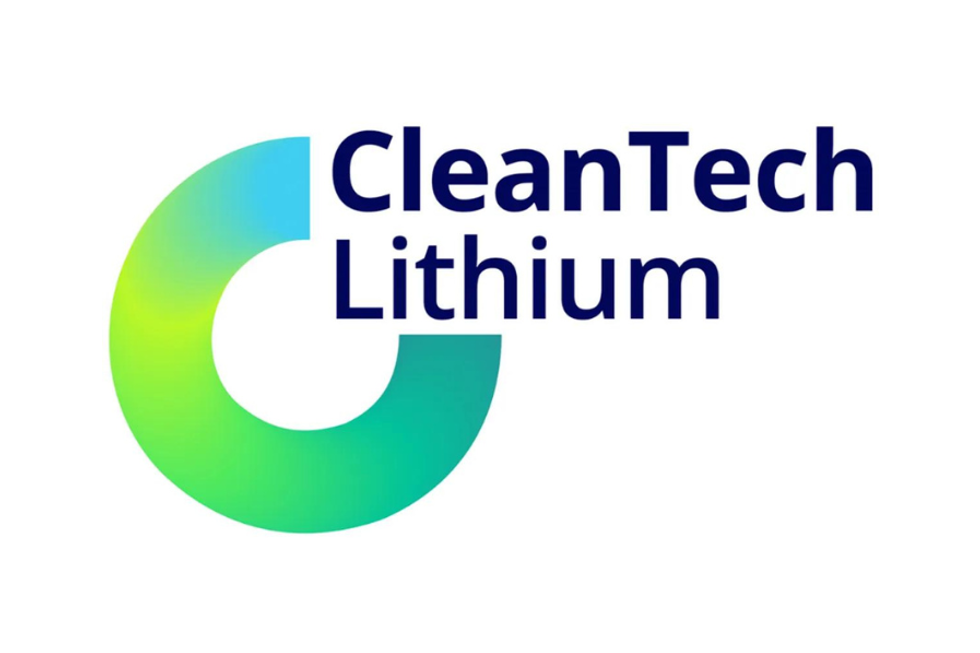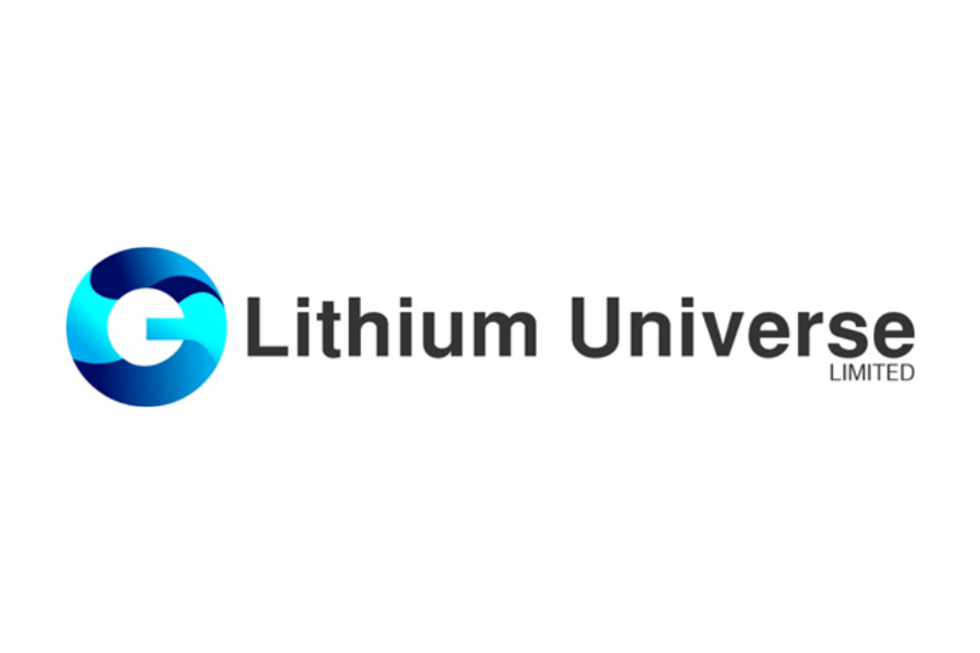China's Growing Interest in Australian Lithium-mining Companies

China’s interest in Australian lithium-mining companies appears to be growing. Jiangxi Ganfeng Lithium recently signed an MOU for an offtake with Australia’s Reed Industrial Minerals. Neometals, which owns 70 percent of Reed, gained 8 percent on high trading volumes on the news last Friday.
The share price of Australia’s Neometals (ASX:NMT) was on the rise on Friday after the company announced that its subsidiary, Reed Industrial Minerals, has signed a memorandum of understanding (MOU) for an offtake agreement with China’s second-biggest lithium producer.
Under the terms of the MOU, Jiangxi Ganfeng Lithium (SZSE:002460) will buy 100 percent of the spodumene produced from the Mount Marion lithium project in Western Australia at benchmarked prices, subject to an agreed-upon price floor. However, Reed will still be able to take up to 51 percent of total production to sell itself “if greater commercial benefit can be derived from such product.”
“This MOU is an exciting milestone achievement for Neometals and RIM, and we look forward to working with our project partners to progress the Mt Marion Project to the next stage of its development,” said Neometals’ managing director, Chris Reed, in Thursday’s release.
Reed is 70-percent owned by Neometals, with the remainder owned by Process Minerals International, a subsidiary of Mineral Resources (ASX:MIN). Neometals’ share price gained 8.7 percent on Friday to reach AU$0.10 following the news. In all, 2.27 million shares of Neometals traded hands, over twice the daily average. Mineral Resources’ share price dropped 4.5 percent to hit AU$5.94.
Also included in the MOU is the acquisition of an up-front 25-percent shareholding in Reed by Ganfeng, leaving Neometals with a 45-percent interest in the company and Mineral Resources with a 30-percent interest. Neometals will net roughly US$19.5 million from the transaction. Process Minerals International and Ganfeng will also be granted additional options to increase their shareholdings in Reed Industrial Metals, and if those options are fully exercised, Neometals will own 13.8 percent of Reed.
Mineral Resources will operate Mount Marion, which currently has a JORC resource of 14.8 million tonnes at 1.3 percent lithium oxide. Should an agreement be reached between the companies, it will trigger a final investment decision, with construction at the project potentially starting up shortly thereafter; lithium concentrate production could then begin by mid-2016. The companies will aim to finalize formal agreements, with the MOU expected to close by August 31.
Financial closing of the transaction is conditional on Ganfeng completing financial, technical and legal due diligence, and gaining the necessary board, shareholder and government approvals.
Lithium Hydroxide?
Neometals — previously Reed Resources — is one of the only lithium companies in the world looking to produce lithium hydroxide directly, rather than lithium carbonate (Nemaska Lithium (TSXV:NMX,OTCQX:NMKEF) is one of the only others). It has an Australian patent on its process.
Lithium hydroxide is becoming increasingly important for lithium-ion battery producers, and the latest industry report from Stormcrow Capital forecasts that both battery-grade lithium hydroxide and lithium carbonate prices will rise from $7.08 per kilogram to $9.39 by 2025.
However, as stated above, the MOU with Ganfeng is for spodumene ore, not lithium hydroxide.
Reed had suggested that Mount Marion was on track for a production start up five years ago, but that didn’t materialize. The company recently purchased an adjoining mining lease and associated infrastructure next to the project from Metals X (ASX:MLX), and is currently working on a “new resource exploration potential estimate” for the project.
Neometals did not respond to an emailed request for comment.
China’s growing interest in Australian lithium-mining companies?
Last year, Australia narrowly beat out Chile for the top spot as world’s largest lithium producer, putting out 13,000 tonnes. Mount Marion is set to add 5,500 tonnes per year to that figure.
Western Australia also hosts the world’s largest lithium mine, Greenbushes, which is operated by Talison Lithium. That mine is owned by another leading Chinese lithium producer, Tianqi Lithium (SZSE:002466).
Certainly, it’s interesting to see China taking even more of an interest in Australian lithium production. With lithium demand from the battery industry rising, it’s no surprise that key market players are making moves to secure the resource. For investors, it’s worth reiterating a point often made by Chris Berry of House Mountain Partners: production costs are the name of the game. “You have to have some sort of differentiator that allows you to prove that you can produce a tonne of lithium carbonate at a cost that’s competitive,” he’s said previously.
Certainly, there’s no doubt that although the lithium price is rising, being able to negotiate offtakes at the right price will leave lithium juniors and producers better positioned to create shareholder value.
Market participants will be watching for the closure of the MOU, and for production to start at Mount Marion.
Securities Disclosure: I, Teresa Matich, hold no direct investment interest in any company mentioned in this article.





